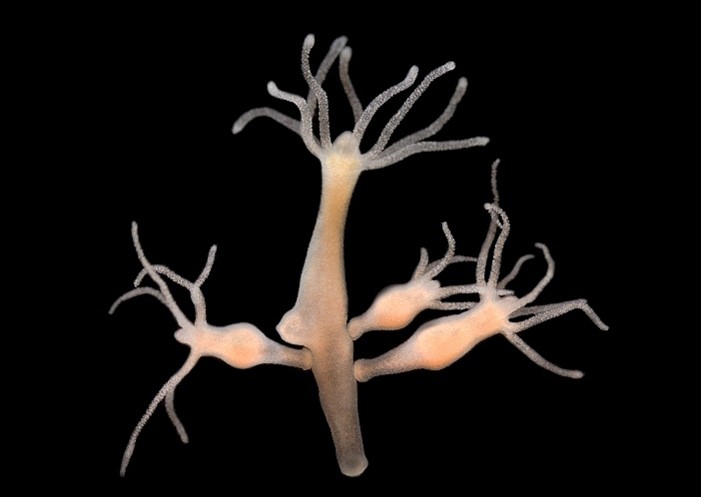
Hydras might look like they’re visitors from outer space, but they’re actually Earth-dwelling animals that can be found in fresh water, like ponds or gentle streams. The body of a hydra consists of a thin tubelike stalk that’s about an inch long with several tentacles extending from one end. Some hydras can grow an armlike extension that eventually pops off the main stem to become a new hydra.
Humans have studied hydras for hundreds of years. Antonie van Leeuwenhoek, one of the earliest known microscopists, first described them in 1703 when he looked at water samples under a microscope. You can see hydras—whose bodies are about the length of a paperclip—without them, but microscopes help researchers see their shape in better detail. Scientists commonly use hydras as research organisms because of their incredible ability to regrow lost body parts after injury through a process called regeneration.
Continue reading “Research Organism Superheroes: Hydras”


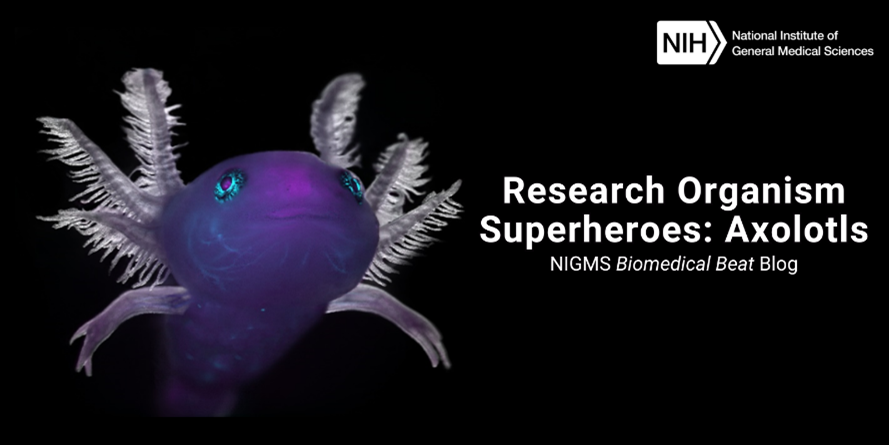

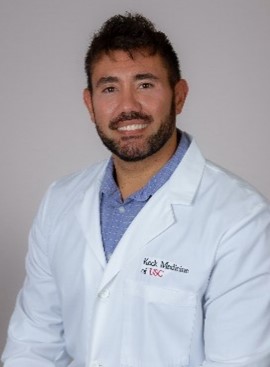
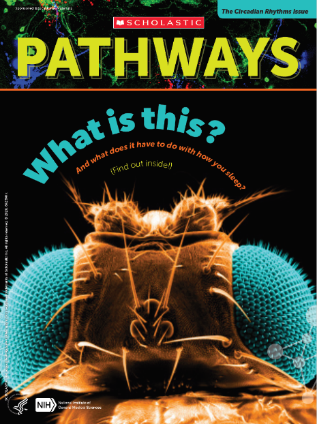 Cover of Pathways student magazine, third issue.
Cover of Pathways student magazine, third issue.

 Cover of Pathways student magazine.
Cover of Pathways student magazine.
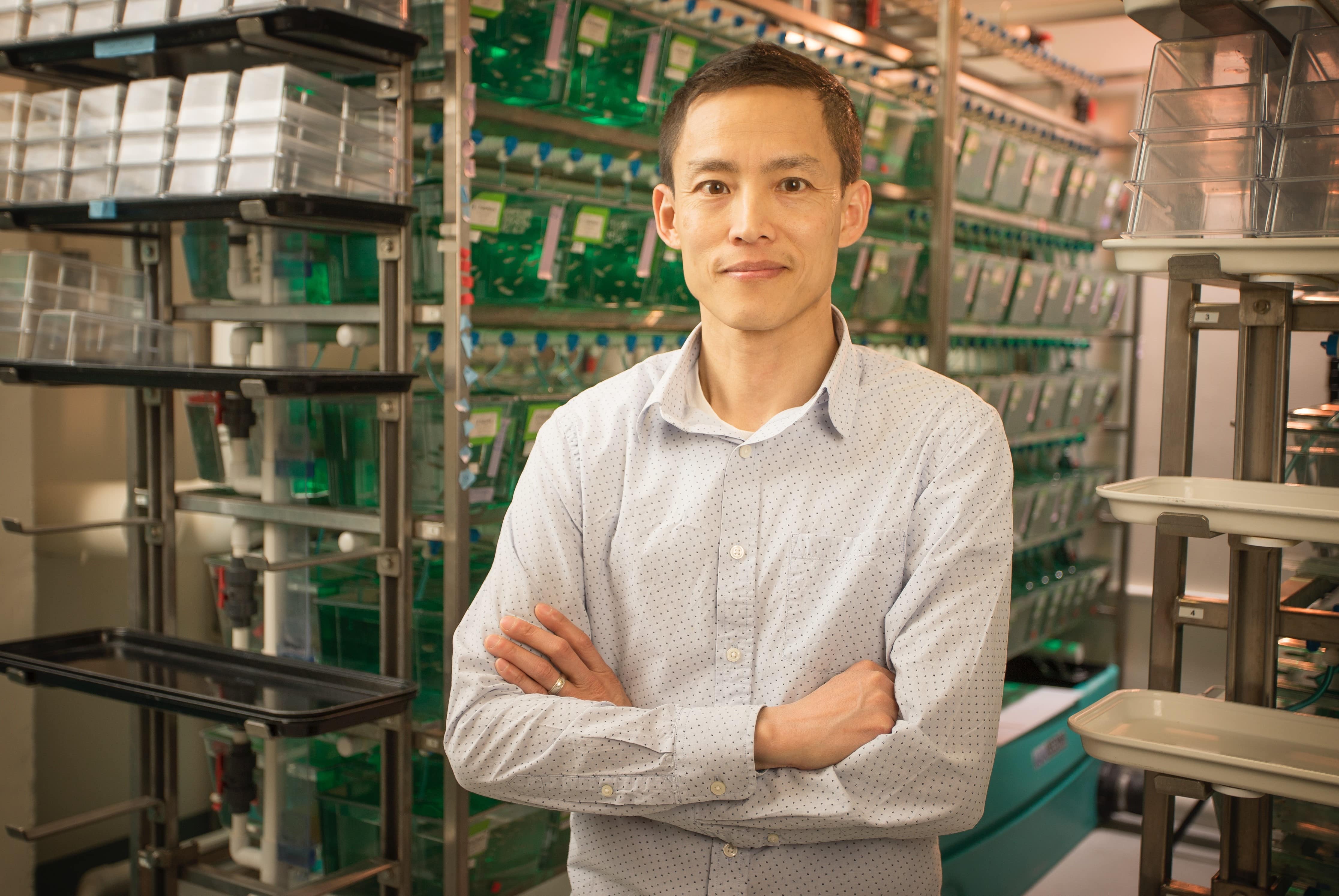 Viravuth (“Voot”) Yin, associate professor of regenerative biology and medicine at MDI Biological Laboratory and chief scientific officer at Novo Biosciences, Inc., in Bar Harbor, Maine. Credit: MDI Biological Laboratory.
Viravuth (“Voot”) Yin, associate professor of regenerative biology and medicine at MDI Biological Laboratory and chief scientific officer at Novo Biosciences, Inc., in Bar Harbor, Maine. Credit: MDI Biological Laboratory.